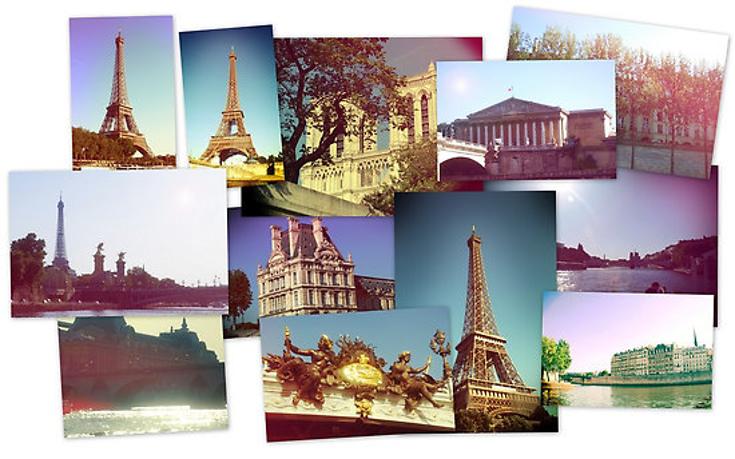“A walk about Paris will provide lessons in history, beauty, and in the point of Life.” - Thomas Jefferson
Eiffel Tower You couldn't possibly visit Paris without seeing the Eiffel Tower. It is the icon of Paris, the tall, lean tower; that’s the first thing that comes to my mind when I think about Paris. It is considered by many as a miracle of the world, as a stunning creation of the architecture of the 19th century that has become a characteristic symbol of Paris. Without a doubt, The Eiffel Tower is one of the most amazing monuments of the world. It was built for the World’s Fair in 1889 and was created to mark the 100th anniversary of the French Revolution. About its structure, it is incredible how artists and writers protested against its construction demanding that it would put down other monuments, and how it was almost not considered art because it was made out of iron. Also, they debated that it was dangerous because of its height and ugly because it did not reflect their city’s culture. I personally find the Eiffel Tower a majestic piece of architecture and more interesting since people weren’t fascinated by it. Once the exposition was over, plans were made to destroy the tower. It brought up so much disapproval since it represented science and technology. Now, we can see the tower in context. It has aged in a very elegant way and no longer stands in contrast to the decorative architecture that has survived in modern Paris. I admire the Eiffel Tower not only because it is the popular icon in Paris, but because of the history behind it and its beauty. For me, the Eiffel Tower represents freedom, liberty, and modernity. The whole purpose of visiting the tower is to observe the architectural wonders of the structure of the city and to take a picture with this cultural icon. I personally didn’t want to take the elevator to go up to the second floor, so I took the stairs, which were very exhausting, but worth it. When I got to the second floor I took a moment to admire the perfection of the city structure. Then we took the elevator to the third floor. I thought the view was going to be better but it wasn’t. In my eyes I could perceive the details better from the second floor. Not only observing the city caught my attention, but the amount of tourists that visit this tower. I could see and listen to people from all over the world and it also reminded me of the World’s Fair. 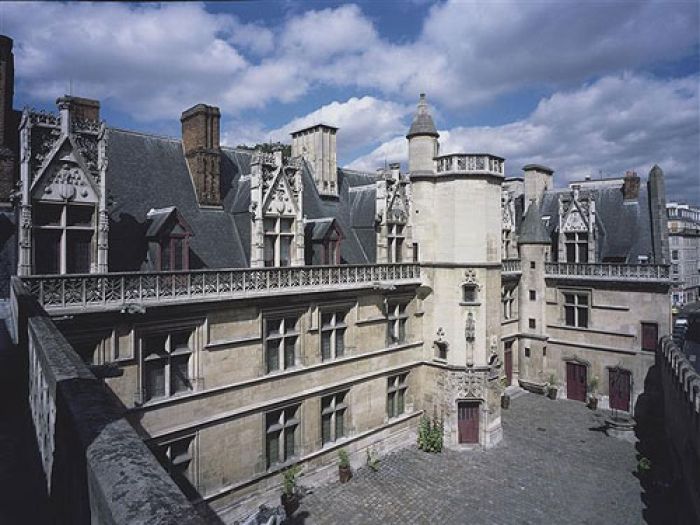 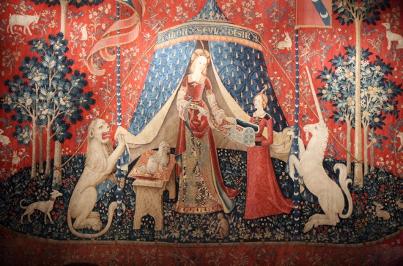 Romanesque and Gothic Cathedrals Each individual interprets the relationship between beauty and religion differently. To my religious mind and eyes, everything we see has beauty; God represents that beauty. Many things can be defined as beauty such as: art, objects, emotions, feelings, etc. One needs to stop interpreting things in the superficial way, because then it has no significant meaning. Since the beginning of humanity, man has sought to define beauty. Whether by philosophy, mathematics, biology, or other studies, the fascination with and the study of beauty has inspired our emotions and intellect. Many myths about this dominant force in our daily lives have been created, and some continue to be believed. Recent studies are determining a new reality of beauty, one founded on evolutionary and biologic findings that link our enchantment with beauty to our success. Modern beauty is now based on superficial and physical appearance. You cannot judge a book by its cover, and that’s what it’s happening. People are not taking the time to find the inner beauty of a person. However, architects wanted to find the beauty in Gothic Churches, so they began to build them such as The Notre Dame. I think that the adage that Gothic Architecture was “architecture with an agenda” meant that architects had plenty of ideas for construction and details they wanted to apply, but they had to wait hundreds of years because to finish what they were constructing. The flying buttresses in the apse of The Notre Dame were not originally designed around the choir and nave. After the construction began and the thinner walls grew ever higher, stress fractures began to occur as the walls pushed outward. The gargoyles were a great idea for drainpipes, which also look very gothic. On the other hand, Saint Germain des Pres is a fine example of Romanesque architecture. Inside, the church consists of a Romanesque nave and a Gothic choir with gilded capitals. The purpose of Gothic architecture was to make churches look like heaven. Romanesque architecture had large, internal spaces, barrel vaults, thick walls, and rounded arches. The three west portals of the Cathedral are magnificent examples of early Gothic art. They depict scenes from the life of the Virgin Mary, the Last Judgment, and scenes from the life of St. Anne. Many of the statues, especially the larger ones, were destroyed in the Revolution and remade in the 19th century. 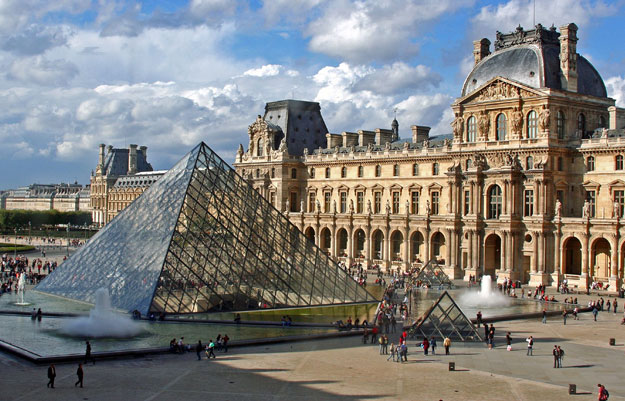 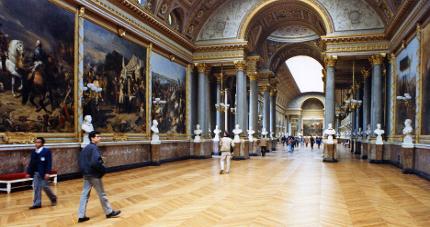 Versailles Versailles is one of the largest, most extravagant, royal palaces ever built. This huge and magnificent palace started as a hunting lodge that was built for King Louis XIII. The palace is very well known for its gardens and parks. One of its most famous features is the Hall of Mirrors. Louis XIV chose Versailles as his permanent residence, and later became the Baroque palace known to the world as a symbol of culture and pleasure.
The “Salon of Hercules” represents Olympus attending the arrival of Hercules after his successful labors that raised him to the rank of God. The piece was seen as a figurative allusion to the merits of the French King. The “Salon of Abundance” served as the “Cabinet of curiosities or rarities” where the king liked to show his guests his priceless silverware vases, gems, and metals.
It is very ironic that the king created a hideout in order to escape his obsessive creation. For example: the Grand Trianon Palace, which is actually pretty big, was built for him to escape the formality of court life with his mistress. What really amazed me were Marie Antoinette’s gardens and estate on the property of Versailles. Marie Antoinette loved this palace where she could return to the pleasures of simple, rural persuits, away from the pomp of Versailles. Even though she did everything to take care of her gardens, she was very mean to the people who worked for her, and it related pretty much to politicians now a days. “Let them eat cake” is unfortunately one of Marie Antoinette’s famous saying. It meant that when the people reported that they were starving or that they had no bread, she said that and it was right before the French Revolution. She had no sympathy for peasants. 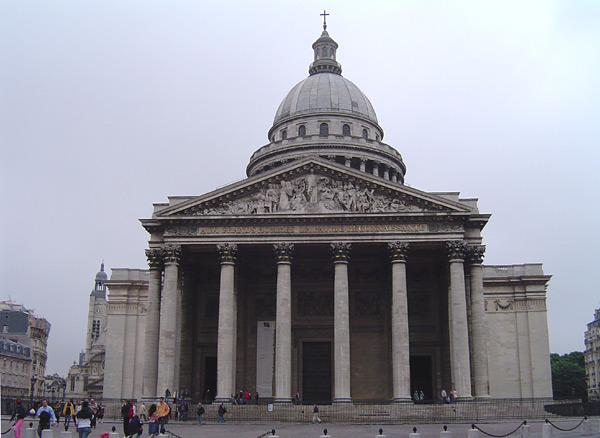 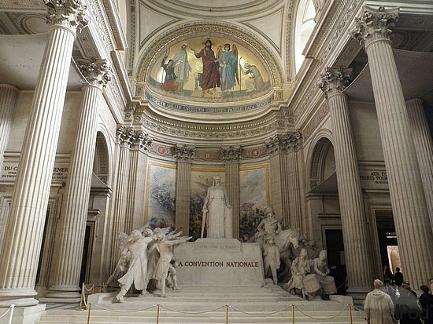 Sacré Coeur/ Montmartre There’s a reason why Montmartre is always active and lively. This iconic hilltop neighborhood’s striped blinds, cobblestone streets, and lively plazas rest at the base of its pilgrimage basilica, Sacre Coeur. The neighborhood’s sacred structure and artisanal shops encourage frequent tourists and a lot of people, but Montmartre's constant activity makes you feel welcomed. Many artists had studios or worked around the community of Montmartre such as Salvador Dalí, Amedeo Modigliani, Claude Monet, Piet Mondrian, Pablo Picasso, amd Vincent Van Gogh. Montmartre is also the setting for several hit films. Since Montmartre was outside the city limits, free of Paris taxes and also due to the fact that the local nuns made wine, the hill quickly became a popular drinking area. The area also developed into a center of entertainment. Also the popular cabaret the Moulin Rouge and at Le Chat Noir, are a must in Montmartre.
Standing in front of the Sacre Coeur was just amazing. I had too much to look at, the architecture and the material used to construct it just left me without words. In contrast to many other Paris churches, the Sacré-Coeur Basilica itself is very white. The Sacré-Cœur is built of travertine stone quarried in Château-Landon which gives it its shining color. This frost-resistant stone constantly exudes calcite, which ensures that the basilica remains white even with the weather and pollution.From the moment you enter the church through the big, rigid door only one sight catches your eye, Jesus. There he stands, arms stretched wide, towering above the altar in a giant mosaic. The basilica includes a garden for meditation with a fountain. The top of the dome is open and offers an impressive panoramic view of the city of Paris. There is also a prominent statue of Joan of Arc which stands out a lot and it represents the lost lives of the Franco-Prussian War and the Commune which was the bloodiest war. Montmartre made me feel the bohemian style. In my opinion I don't think this type of art relates to the classic art I have already seen, since classic art is more about religion. What really called my attention were the artists who would draw your face like a cartoon; they were all over the place. 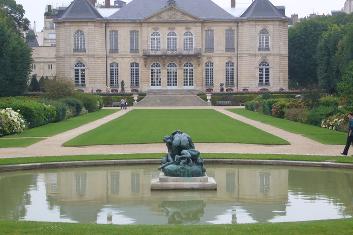 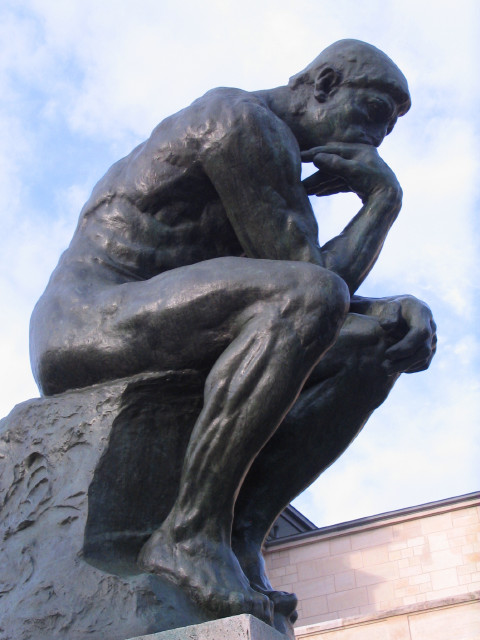 Musee D'Orsay The impressionist movement was very important to the development of modern art. There are three main reasons why: 1) impressionist artists utilized innovative techniques to create their work, 2) they experimented and implemented new mediums to capture expressions and thought, and 3) the impressionist genre made a huge impact on other genres and the arts community as a whole. I consider impressionism kind of offensive because it broke with the tradition of classical art and because artists would express their feelings and ideas in art; it was more of an open minded influence in ideas. I believe Impressionism is valued by so many across the globe today because it is a movement that began in the 19th century, which kept expanding with new ideas in art. So many consider it a truly creative movement because artist would express themselves in art with no boundaries or restrictions. Also it was a time when they could truly find themselves. Some art critics from the 19th century claimed that Impressionism was just a fashion and not art. The difference between them is that critics thought it was a movement that was going to end sooner or later. They didn’t think people would support it and become what it is today since it was such a radical change from what it used to be in the classical period. The Orsay Museum owns the most extensive collection of impressionists and postimpressionists paintings by masters like Monet, Gaugain, van Gogh, Manet, Sisley, Degas, Pissarro, Cezanne, and other art nouveau. 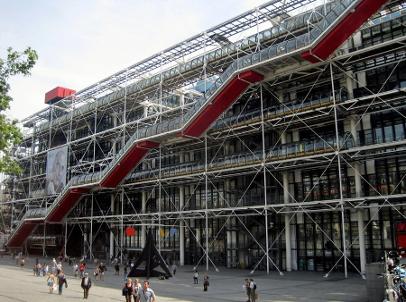 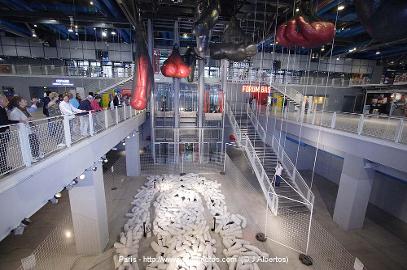 Natural History Museum 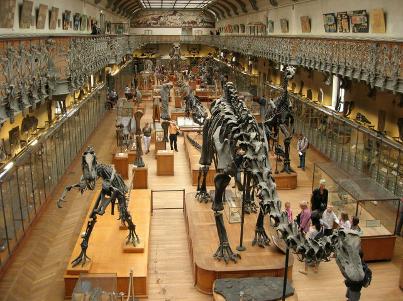
| 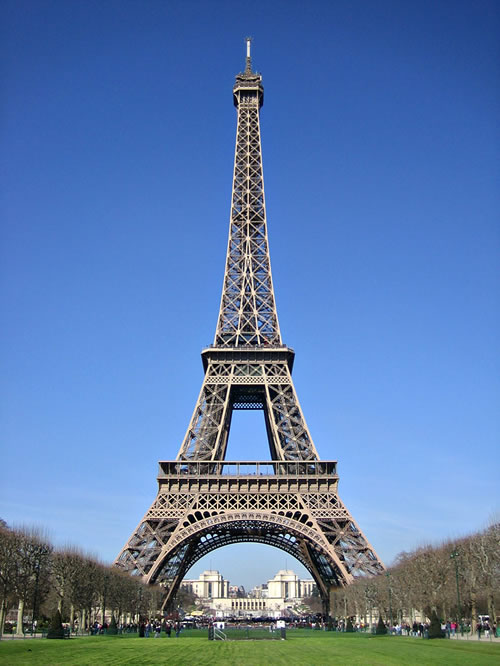 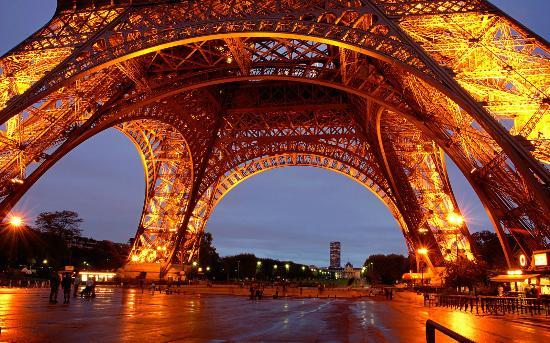 Cluny Museum The Cluny Museum is praised for its marvelous collection of medieval art. The Roman baths, the religious stained glass windows, and the woodcarvings or triptychs, display a very unique setting in the museum. The art in this museum mainly revolves around religious themes because of the Cluny Order. Before becoming a museum it was a monastery for the Cluny Order and monks believed that art was a way to discover God so they started to produce a lot of artwork. They were very materialistic and detailed in every piece of artwork they created. It was a very expensive procedure. In the museum you can find medieval artifacts or sculptures from the 7th and 8th century, and antique furnishings. The museum also owns a collection of tapestries of that era, which are considered among the finest works of art from medieval Europe, including “ The Lady and the Unicorn”. It is the most famous attraction of the museum and the most admired tapestry of its kind. The story behind the six tapestries is to depict our five senses: taste, smell, hearing, sight, and touch. The sixth one represents "À mon seul désir" which means "to my only desire", and it is interpreted as love. Each of the six tapestries portrays a noble lady with the unicorn on her left and a lion on her right, but some include a monkey. One can also find wooden and stone sculptures in the museum. I think the wooden sculptures were nicer and more detailed. They look more spiritual and religious. The sculptures made out of stone stand out as being more romantic. 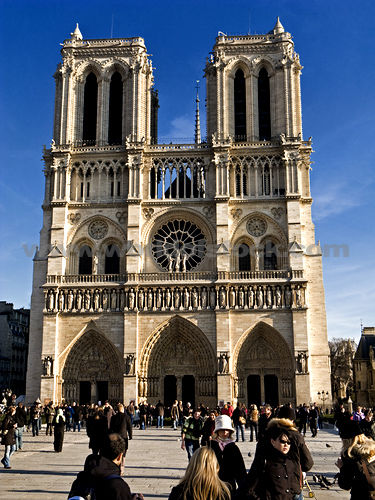 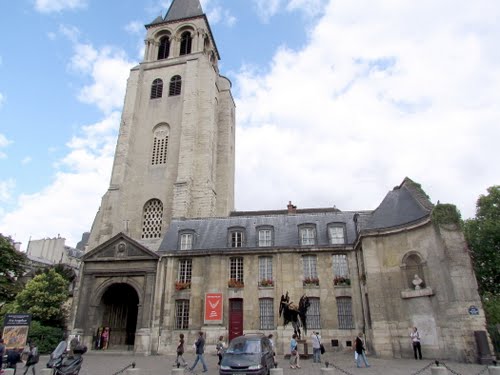 Louvre Museum The Louvre is one of the world's largest, most famous museum, and historic monument. It has an incredible diversity and richness in history and culture. The museum owns collections from all over the world such as: highlights of the Louvre's Ancient Near East, Greek and Roman, and Renaissance Italian collections. It also has the fascinating architectural history of the Louvre's pre-museum life as a royal palace. The Louvre's treasures are also very essential and they include: the Khorsabad Palace, the Venus de Milo, Nike of Samothrace, Leonardo's Mona Lisa, Michelangelo's Slaves. It is very important to take the time to appreciate and understand the significance to the history of art. As I walked through the museum I was amazed by the repeated appearance of the same gods and goddesses. It represents the history of Ancient Mythology when back in the days people were obsessed with it. Greek and Roman mythology has piqued the curiosity of so many from different cultures and times because it is centered on religion, and every problem had a god or goddess to fix it. The great majority of the Greek oral tradition was about the gods. The elaborate mythologies of the Greeks were created by the human aspiration to better understand the surrounding world. Somehow, the stories of ancient mythology are very similar to current religious traditions. Because of the significance of Ancient Mythology, I think it is very important to know the stories and to appreciate or understand this form of art. It is amazing how a lot of people just visit The Louvre to take a picture with the famous Mona Lisa by Leonardo DaVinci without knowing that every piece of artwork in that museum is genuinely important. 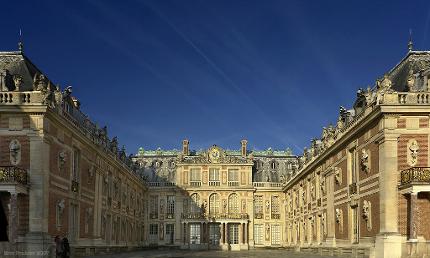 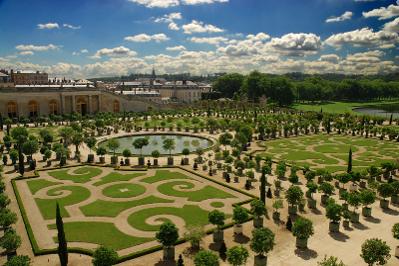 The Panthéon The Panthéon is sacred ground in Paris, not because it was built as a place to worship the Almighty, but because the French revolutionaries turned it into a site for the burial and commemoration of the heroes of the nation. It also stands out as an object lesson in the hazards of national memory and the challenges of writing history. The Panthéon was built originally as the church of St. Geneviève after Louis XV had sworn to honor her should he recover from a grave illness. Félix Éboué, a member of the colonial administration, became the first black Frenchman to enter into the sanctified ground. The first woman was Marie Curie. It also commemorates the intellectuals, such as: Alexandre Dumas, Victor Hugo, André Maulraux, and Émile Zola. The most famous philosophers buried in the Pantheon of Enlightenment thought: Voltaire and Jean-Jacques Rousseau. I believe that having this monument actually made a lot of changes to the nation, since it was the first monument that was not dedicated to the aristocrats. The Pantheon also represents science and technology. A very famous piece of artwork is Foucault’s pendulum that portrays the idea and growth of science and technology. The pendulum could be used in different ways. It provided accurate timing, measure of gravity, and the rotation of earth.
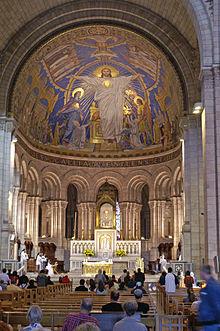 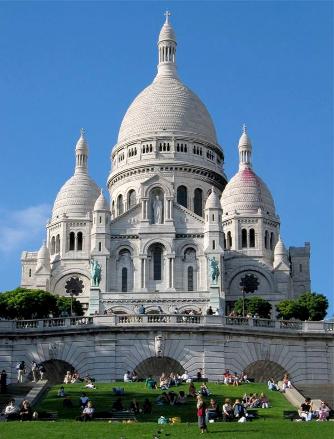 Rodin Museum Auguste Rodin was the famous, well-known French sculptor of his time and one of the country's most adored artists. Often nicknamed as the father of modern sculpture, Rodin's works were very realistic. He was more than just a sculptor. He also loved to do paintings and to sketch the medium for which he is most well known. His sketches and paintings are also stunning and play an important role in his growth as an artist. When entering the museum, one will immediately look for Rodin's most famous sculpture, The Thinker, which sits upon a podium watching the garden. I believe most of the pieces in the museum and garden uphold the ideals of a Romantic artist. The reason for it is because he focused a lot on senses, individualism, and emotions, which pretty much define the Romantic era.
After observing the paintings at the Louvre, I can tell that Rodin’s sculptures look much more alive. The Louvre has a lot of classic paintings, which are based more on religion, as to Rodin, in reality. The pieces at the Rodin Museum caught my attention way more than the ones at the Louvre. I believe they have so much more onto it than just the sculpture.
A very important sculpture to notice at the museum is the Walking Man. I would take the time to compare it to Giacometti’s Walking Man, because personally, it differs a lot. When I looked at Giacometti’s I thought of weakness, stiffness, and an unproportional human body. In contrast to Rodin’s, one can perceive a sense of movement, a build up body with strength. You can tell there is movement because of how definite and detailed the muscles and the posture of the man’s body look. 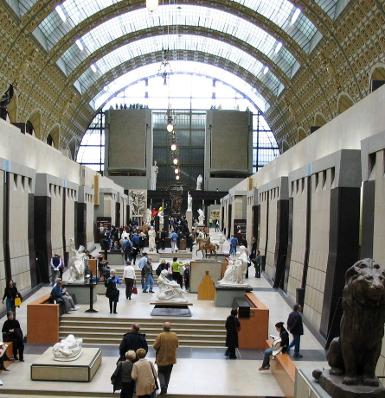 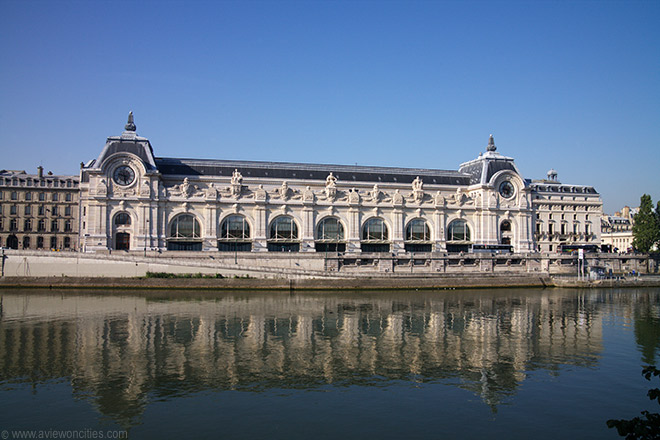 Museum of Modern art and the Pompidou Museum
The
Centre Pompidou is Europe’s most significant museum of modern art and one of
the world’s most significant art galleries. Some of the art movements represented
in the Pompidou are Fauvism, Cubism, Surrealism and Abstract Expressionism. The
building's design is somewhat argumentative but definitely unique, distinctive,
and increasingly appreciated by all who see it. As a piece of modern
architecture and the realization of the appealing principle, it is a wonderful
achievement for the Pompidou and makes it popular with tourists. The fourth and
fifth floors of the Centre Pompidou are home to the Museum of Modern Art, one
of the major international collections of modern art. It includes works by artists
such as Kandinsky, Matisse, Miró, and Picasso.
As often purported, I believe that modern art is truly radical. The reason for it is because one wouldn’t consider some things to be pieces of artwork. As I was walking through the museum I would see some weird things such as 3D artwork or very colorful paintings, etc. Each room had a different theme. When we first started to walk through it, things looked very old, but as we kept walking things were extremely modern. Each room would make me feel different emotions. Every piece of art can be called radical or avant-garde; it just depends of each person’s point of view. Artists have been able to create new things and new techniques and it is shocking how art has been changing throughout the years. 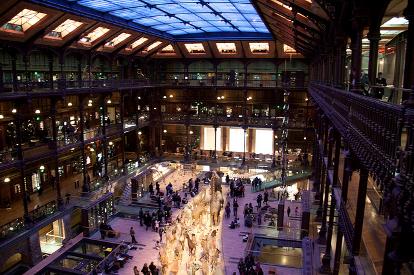 |
